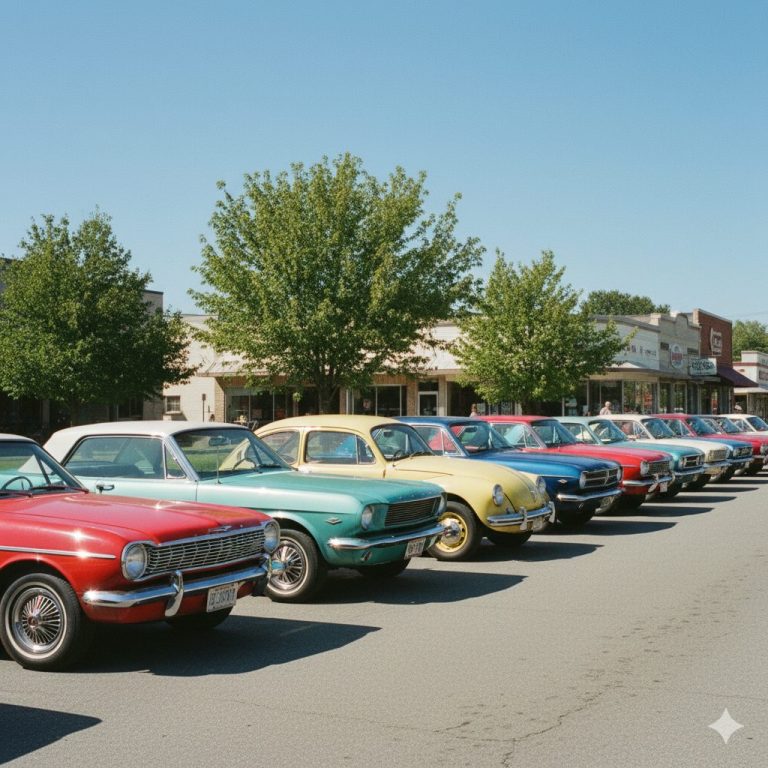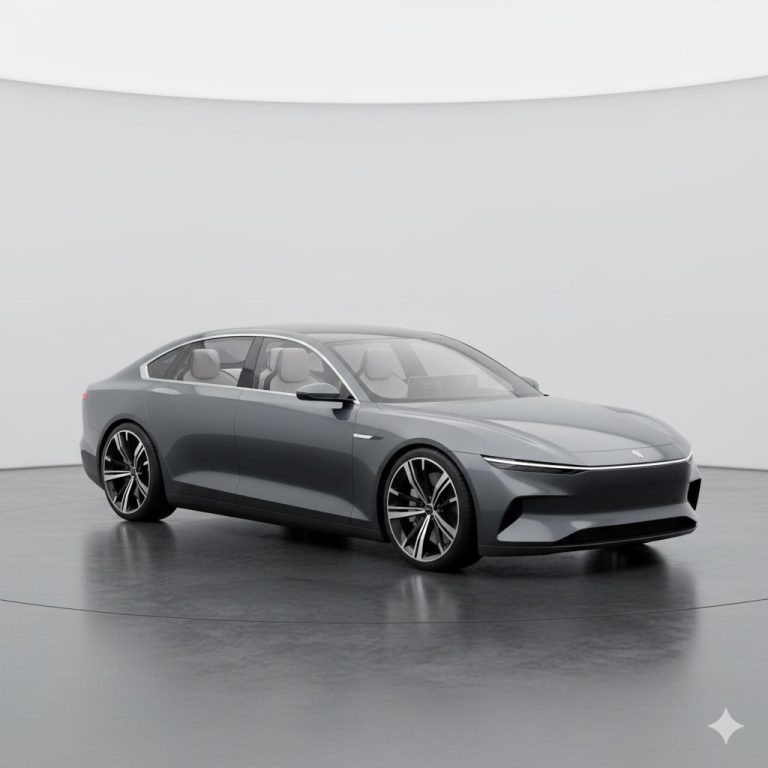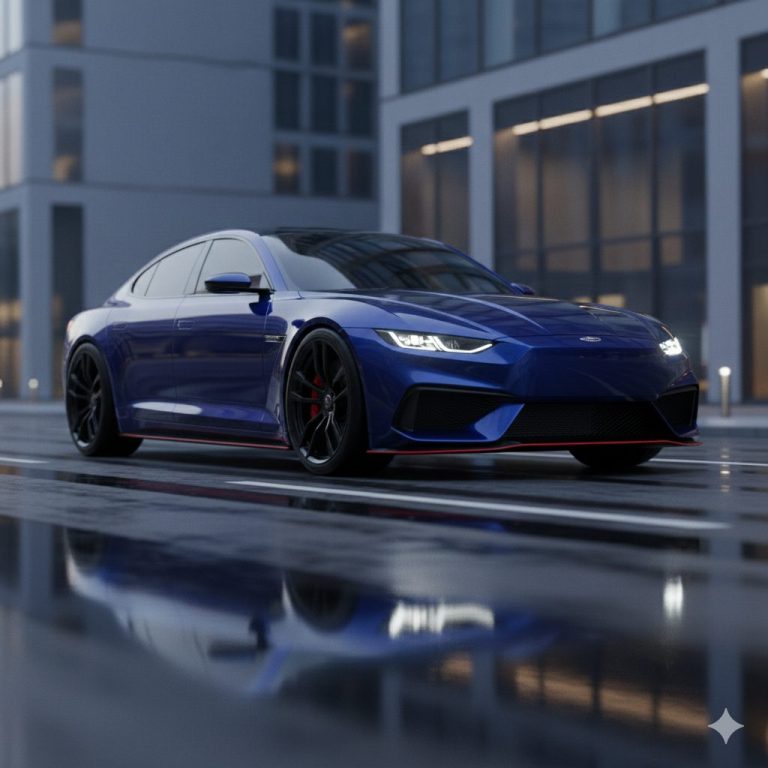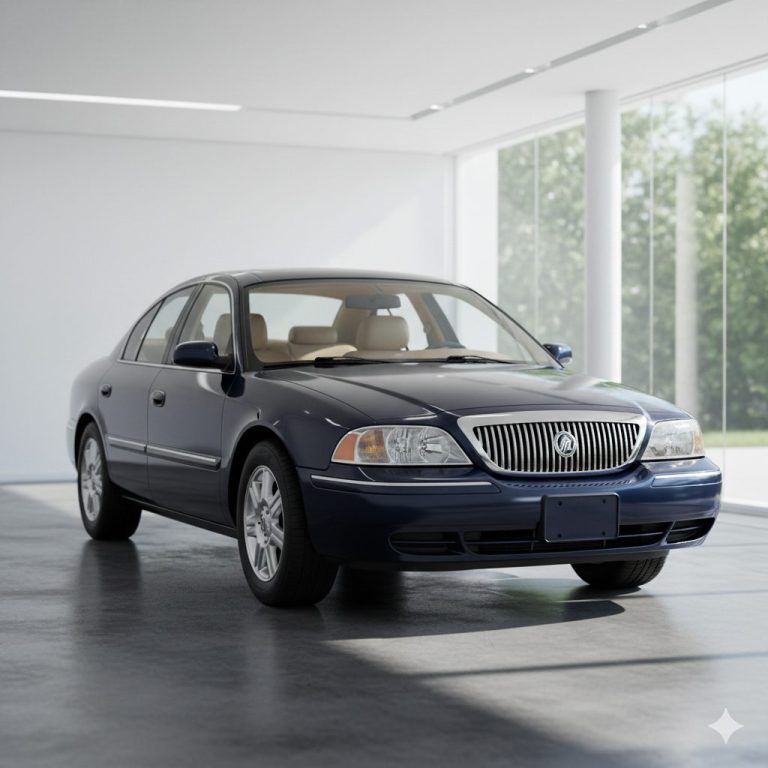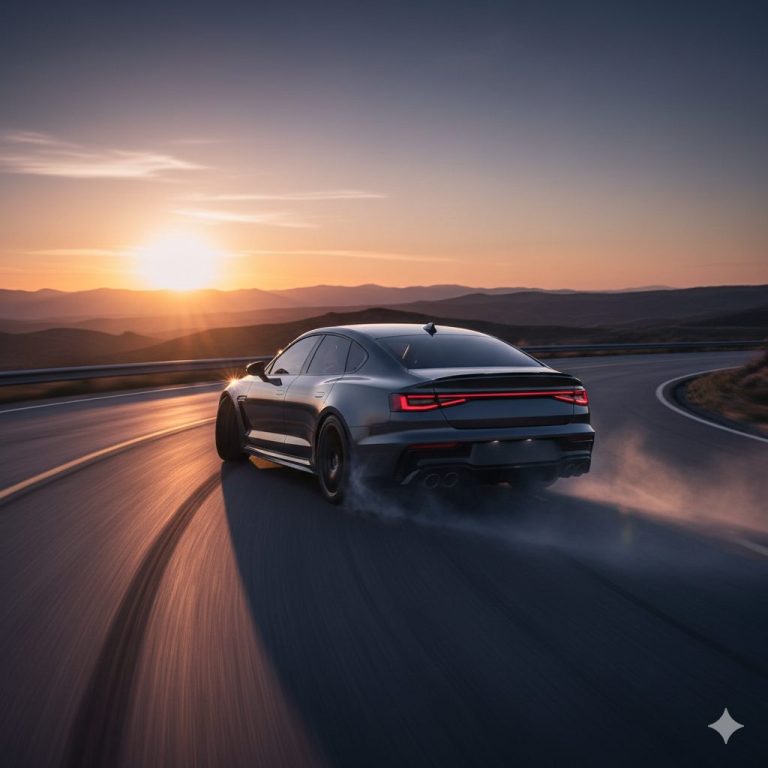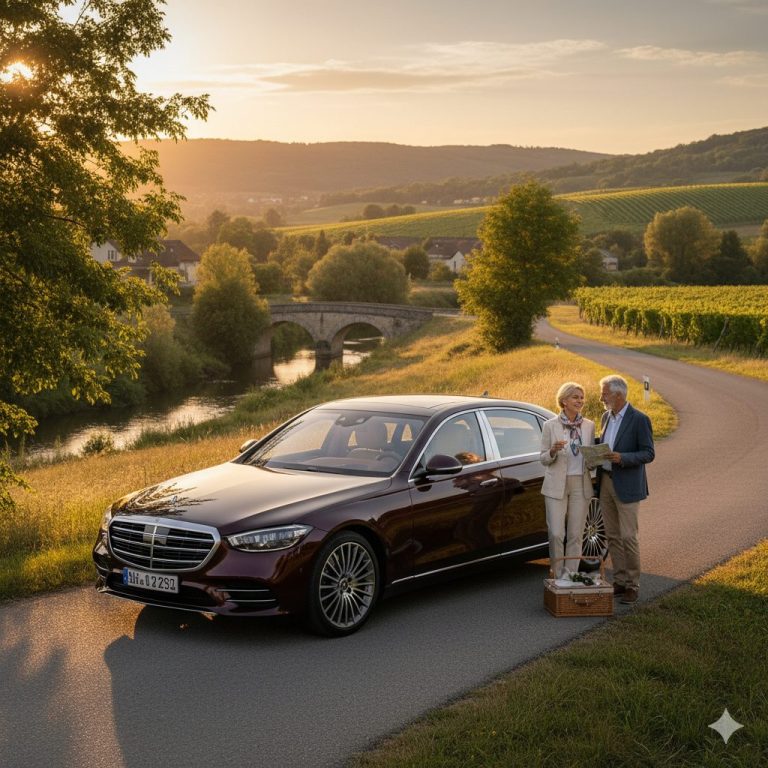Chasing the Bavarian Dream: 10 ’90s Sedans That Fell Short of BMW’s Glory
In the 1990s, every carmaker wanted a piece of BMW’s magic. The Bavarian brand had mastered the art of blending performance, precision, and prestige a benchmark that rivals around the world desperately tried to match. From Japan’s luxury upstarts to America’s reborn sedans, the decade was full of ambitious contenders chasing BMW’s driving feel and design finesse. Yet, most of them missed the mark some barely, others spectacularly.
Here are 10 ’90s sedans that aimed for Munich’s crown but never quite reached BMW’s glory.
Acura TL
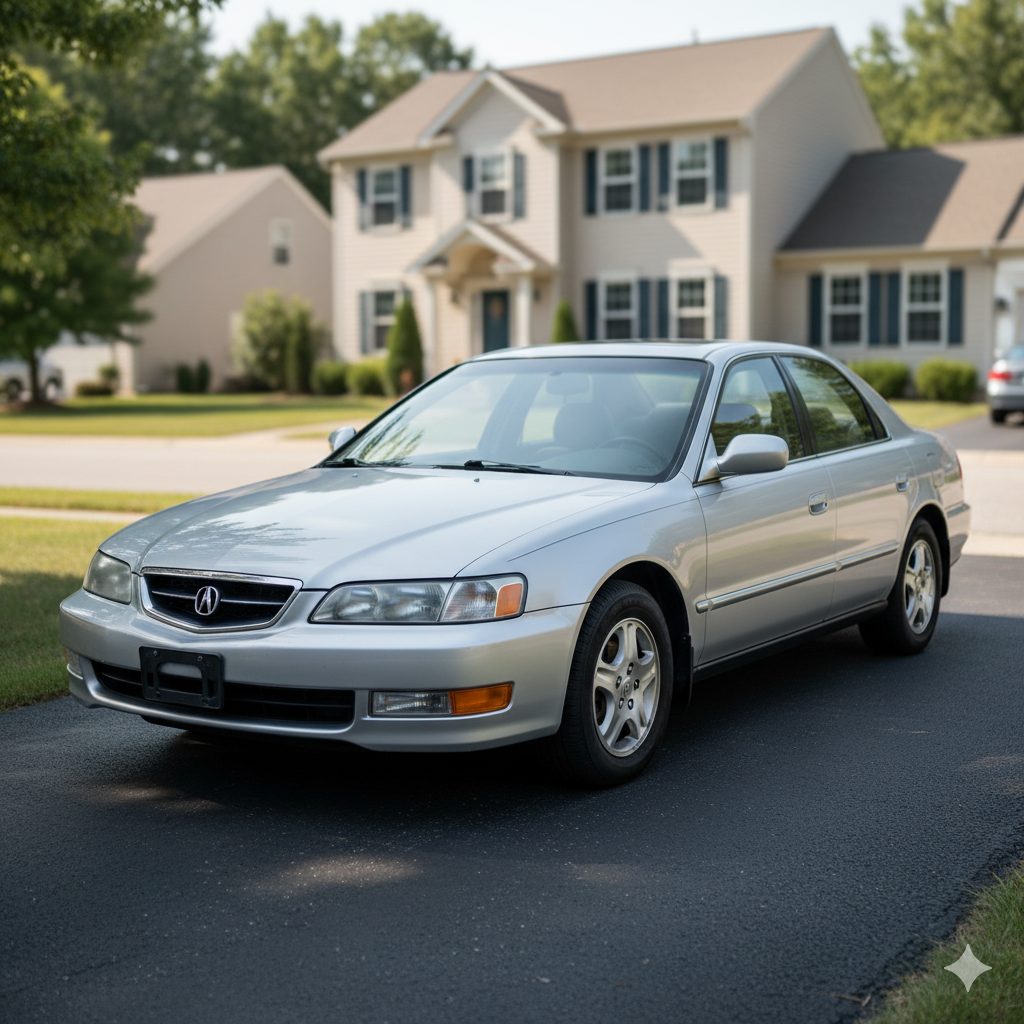
This one is kinda tricky because, honestly, it wasn’t a bad car. Not at all. It was super reliable, had a nice interior, good stereo… but it was just so… vanilla. It was front-wheel drive, for starters, which immediately takes it out of the “driver’s car” conversation. It was comfortable and competent, like a really well-engineered appliance. But driving it? It was like comparing a really good office chair to, I don’t know, a perfectly balanced sports seat. You were paying like, $30,000 for precision, but not for passion. It was missing that soul, you know?
Lexus ES 300
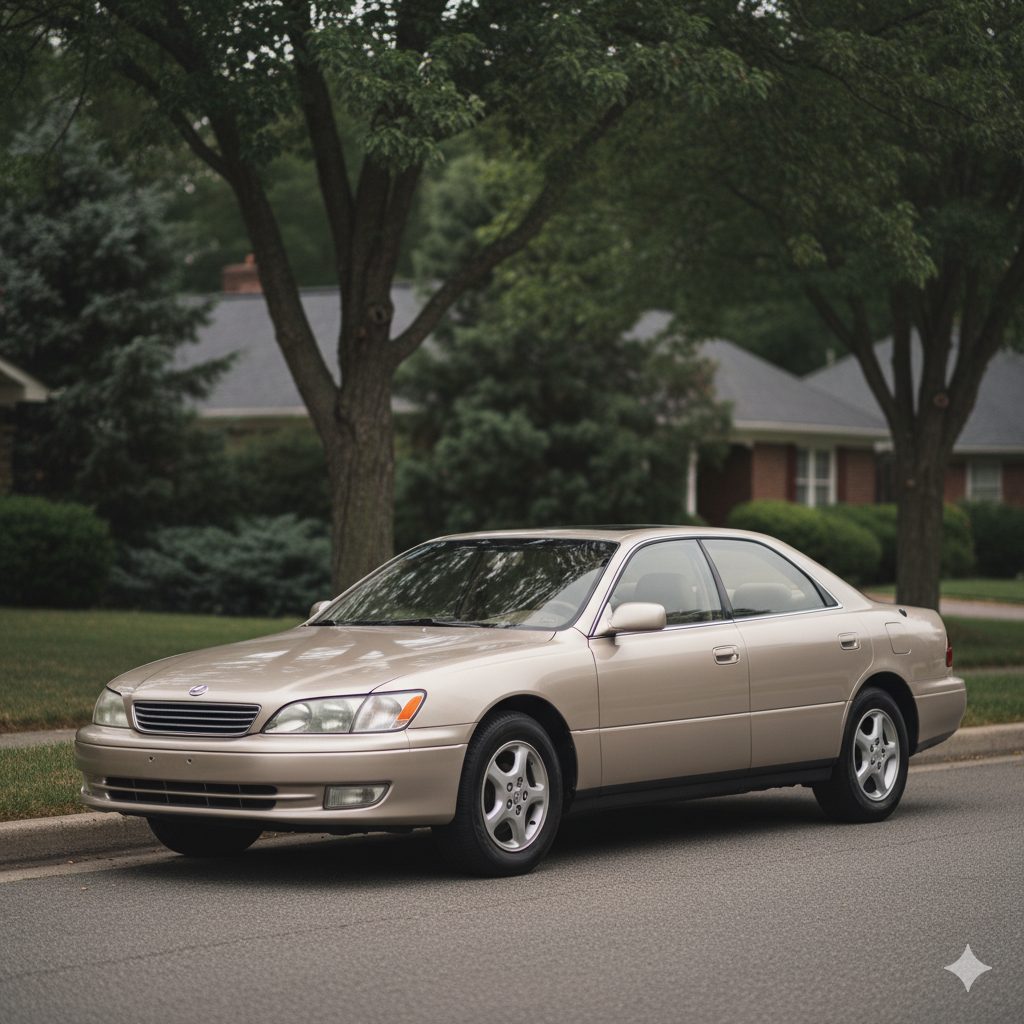
Oh, the ES 300. This is the car your successful dentist bought because he thought it was “just as good as a BMW.” And in terms of quietness and build quality? Maybe even better. It was unbelievably smooth and quiet. But to drive? It was like piloting a very expensive, very isolated boat. There was zero feedback, zero excitement. It was the antithesis of that connected, sporty feel BMW was famous for. For about $35,000, you got a masterpiece of isolation from the road, which is exactly what you didn’t want if you were chasing the driving thrill.
Cadillac Catera
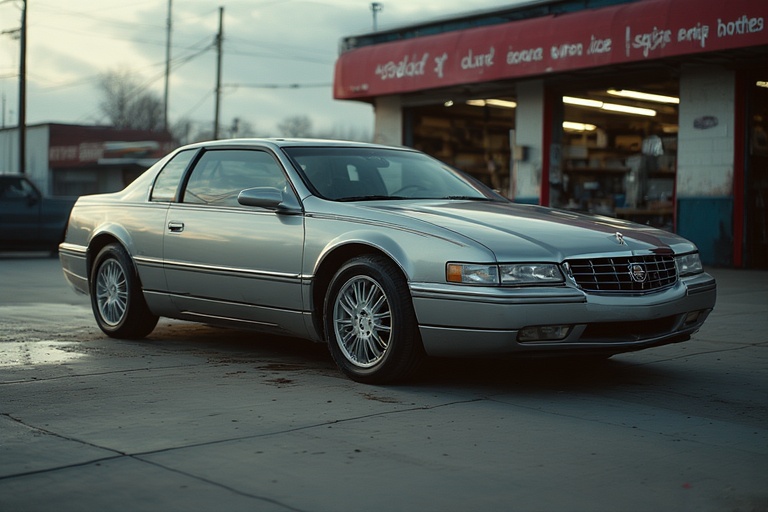
Oh, the “Caddy that zigs!” Remember that duck mascot? What a weird campaign. This was basically a re-badged Opel Omega from Europe, and they tried to market it as a BMW fighter. And it was… a mess. The handling was actually not terrible, but it was plagued by just abysmal reliability. Electrical gremlins, weird oil leaks, you name it. So you’d get this car that cost over $30,000 new, and it would just constantly betray you. It tried to zig, but mostly it just sputtered and left you stranded.
Chrysler Concorde
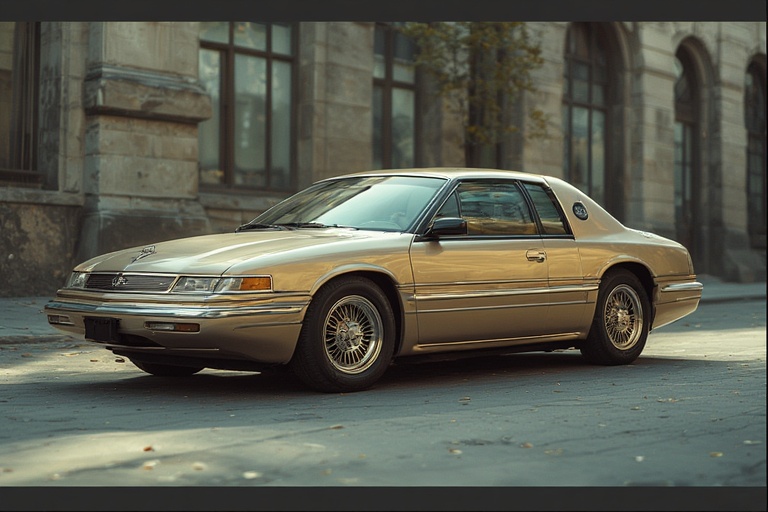
This thing was all about style, with those “cab-forward” designs that looked so radical at the time. And it had a big, comfortable interior. But drive it? Uhm, no. The steering was vague, the handling was soft and wallowy, and it felt like it was made from cheaper materials than a real luxury sedan. It was aiming for a different kind of American luxury, I guess, but if you cross-shopped it with a 5-series, you’d just laugh. It was probably like $25,000, so a lot cheaper, but you felt every penny of that cost savings… and not in a good way.
Infiniti I30
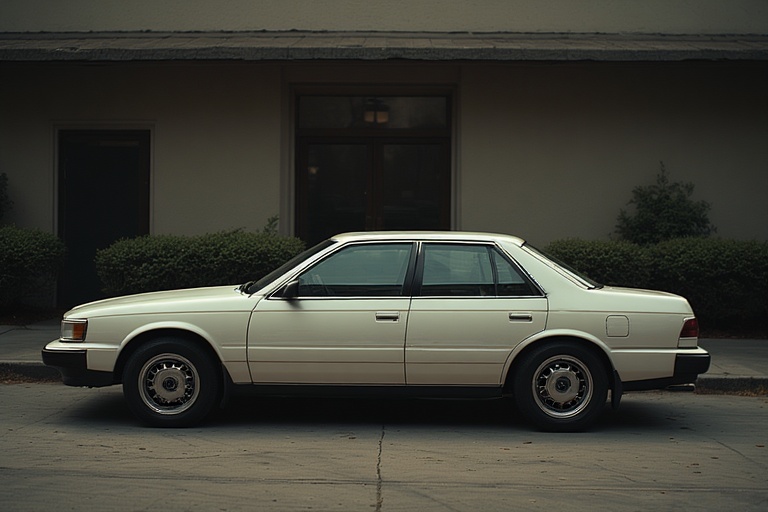
This was basically a fancy Nissan Maxima, which is… fine. The Maxima was a good car! But slapping a luxury badge on it didn’t automatically make it a 3-series competitor. It was another front-wheel drive, super comfortable, very competent cruiser. It had that sweet V6 engine, plenty of power. But the driving experience? It was numb. It didn’t talk to you. A BMW from that era felt alive in your hands; the I30 felt like it was just efficiently completing a task. For around $30,000, it was a smart buy, but not an inspiring one.
Saab 9-5
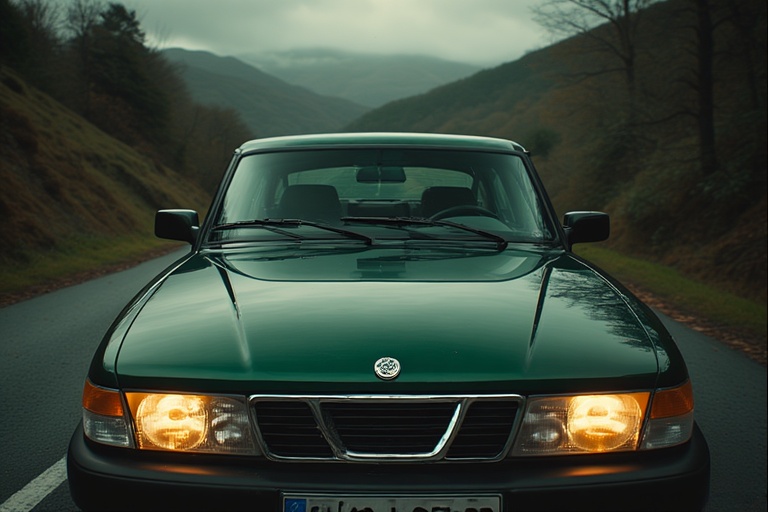
I have a soft spot for Saabs, I really do. They were so weird and quirky. The 9-5 was turbocharged, had this great, quirky interior with the night panel button… but it was also front-wheel drive and kinda torque-steery under hard acceleration. It was a thinking person’s car, an engineer’s car. It didn’t handle like a BMW; it had its own unique, slightly odd character. So if you were looking for that precise, rear-wheel drive balance, the 9-5, for about $35,000, would just feel… wrong. A fascinating car, but not a Bavarian rival.
Volvo S70
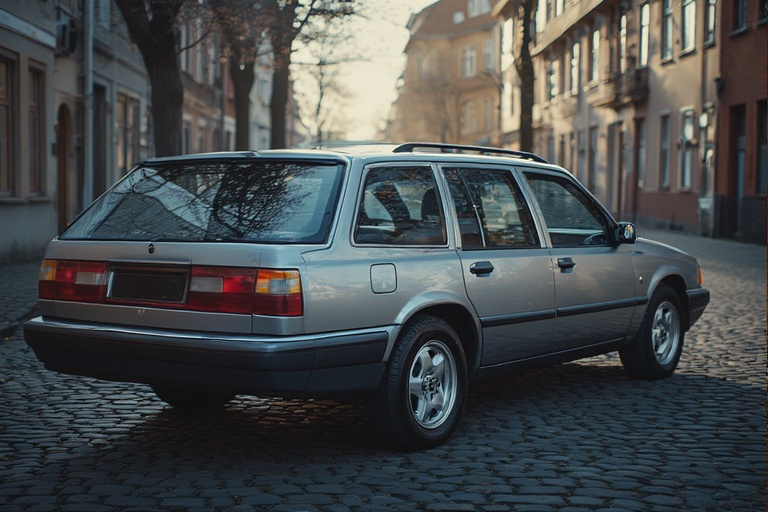
Safe. So, so safe. And solid. You felt like you were in a bank vault. But fun? Not really. It was like a very trustworthy, very capable friend who has no sense of humor. The steering was slow, the body rolled in corners, and it was just tuned for comfort and safety above all else. Which is great! But it’s the opposite of the sporty, agile feel that defined 90s BMWs. You’d spend $33,000 on an S70 and feel very protected, but you wouldn’t feel like taking the long way home just for the fun of it.
Mitsubishi Galant
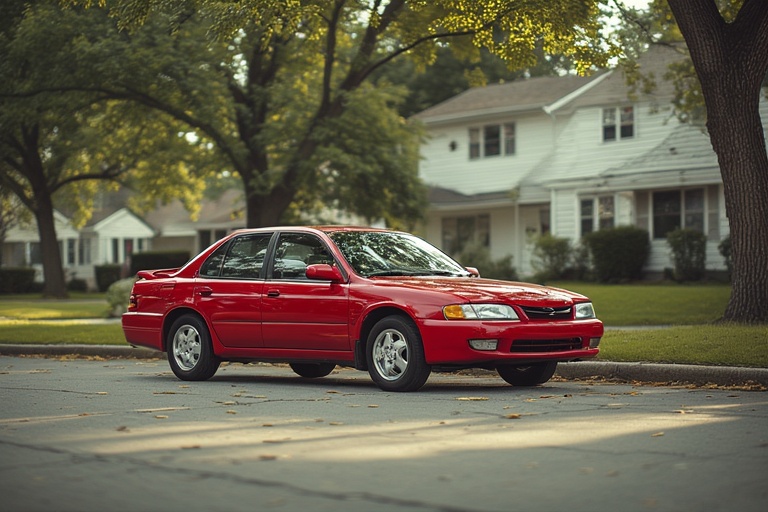
The Galant was a nice, normal family sedan. It was fine! It got you from A to B. But then Mitsubishi tried to spice it up with the VR-4 version earlier in the decade and then just… let it become appliance-like. To even think of it in the same sentence as a BMW is a stretch. It was cheap, like under $20,000 cheap, and it felt it. The materials, the driving dynamics… it was basic transportation. It wasn’t trying to be a BMW, honestly, but people looking for a sporty sedan on a budget might have glanced at it and been deeply, deeply disappointed.
Oldsmobile Aurora
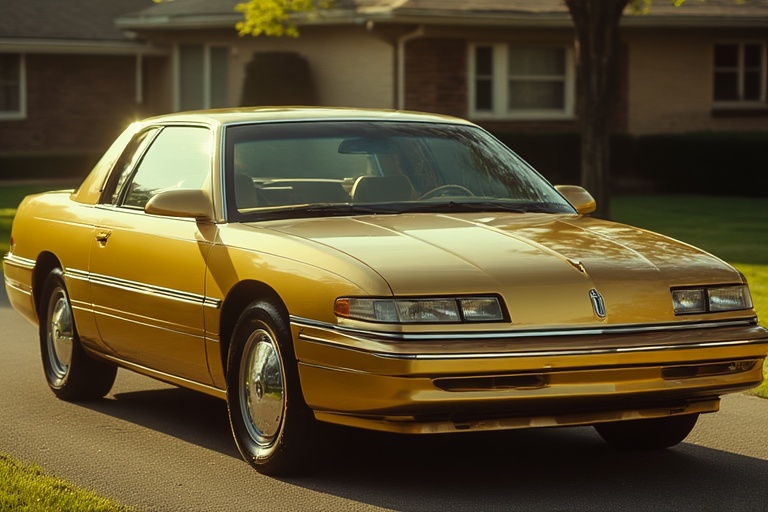
This was GM’s big, fancy attempt. It had that weird, hooded dashboard, a Northstar-derived V8… it was supposed to be this high-tech, premium American flagship. And it was… interesting. But it was a big, heavy, front-wheel drive car. That alone just disqualifies it from the conversation. It had power, but it didn’t handle with any of the finesse of a Bavarian sedan. It was a cruiser, a GT car almost. For $35,000, it was a statement, but the statement was “I like big, complicated American cars,” not “I appreciate driving dynamics.”
Hyundai Sonata
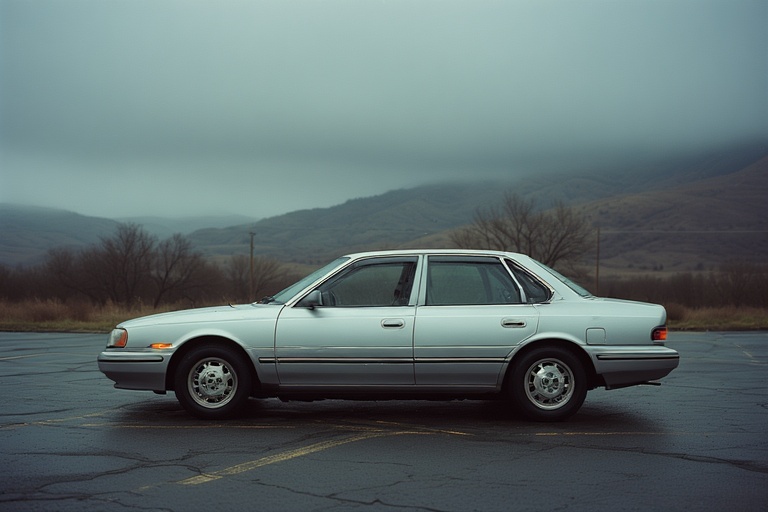
Okay, let’s be real. In the 90s, Hyundai was… not what it is today. The Sonata was the car you bought because you had to, not because you wanted to. It was cheap transportation, period. The build quality was questionable, the driving dynamics were nonexistent—it was soft, vague, and underpowered. To even mention it in the context of BMW is almost funny. It was a $15,000 car that felt like a $15,000 car. It wasn’t chasing any dreams; it was just trying to get to work without breaking down.


